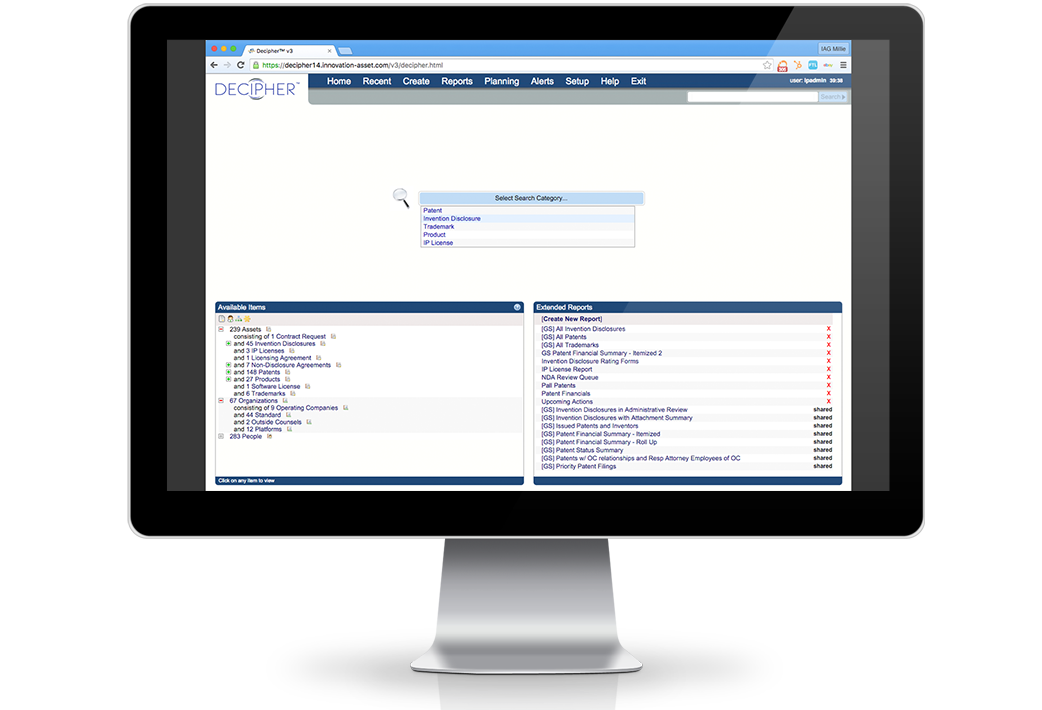A balanced intellectual property (IP) portfolio helps your organization to leverage its IP assets most effectively, ensures flexibility to adjust for strategic or unexpected changes, and optimizes use of IP management resources. Maintaining a balanced IP portfolio requires diligent monitoring of assets and their uses, but how can your organization tell when the portfolio has become imbalanced? Here are 4 signs to watch out for:
For scaling companies, intellectual property can be used to protect core functionality, to maintain competitive edge, as a point of leverage for investment, and more. However, it can be difficult for an already time-strapped, growing company to strategically consider the dynamic structure and ongoing management of its intellectual property portfolio, but these actions can be a driving factor in the company’s success. Here are six tips to help your team build and manage a dynamic intellectual property portfolio as your organization grows.
Your organization’s innovation strategy is deeply influenced by your employees, their desires, and the internal processes which they follow. Consequently, workplace issues which impact these things will also influence your organization’s innovation strategy, and can lead to meaningful and lasting impact to the organization. These are five workplace issues which will impact your organization’s innovation strategy and how to plan for them.
An innovation ecosystem is a network of stakeholders collaborating together in order to increase opportunity and innovation to benefit the whole, instead of its parts. Startup incubators, for example, can be seen as a small-scale innovation ecosystem, since their creation is usually a means for fledgling companies to share ideas and learn best practices from experts, in order to magnify the chance of their success. Over the years, innovation ecosystems have become more apparent due to technology’s enhanced ability to support collaboration globally. Successfully innovative organizations have learned to reap the benefits of innovation ecosystems to improve their own individual success and the success of their markets.
There’s a lot of information out there on if your idea can be patented and how to do it. While this information is most definitely useful, what it doesn’t tell you is if your idea should be patented. Many large organizations may have strategies to patent any idea which comes along, but for companies just starting out or scaling to growth, it can be more difficult to tell if it’s necessary to protect ideas with patents and it can be tempting not to as a means to save a little cash.
Your organization’s intellectual property is a valuable financial and strategic asset, which should be protected and managed mindfully. Unfortunately, the intellectual property management process runs the risk of being deprioritized in many organizations due to misconceptions about scaling and human tendency to prefer comfortable, traditional methods. Compared to manual methods, an intellectual property management system streamlines the process and makes it easier for your organization to identify strategic opportunities, but how do you determine whether or not implementation of a software is worth it?
Though often used as synonyms for one another, invention and innovation are technically different. An invention occurs when you’re creating a completely new idea, while an innovation is improving upon an existing idea. Take transportation for example. When the first car was created, it was an invention, since there had never been a motorized way to get around before. Compare that to Uber, an innovation in transportation; disruptive as it may have been, the taxi and car service industry already existed before Uber’s arrival.
Why does the difference even matter?
Intellectual property management professionals are tasked with protecting, leveraging, and commercializing the great ideas and inventions of their organizations. The ability to monetize and gain competitive advantage from these new ideas relies heavily on the IP team, yet some of the fundamentals tend to get lost.
Intellectual property (IP) management solutions are a valuable tool for any company because they allow for organization of IP assets and visibility into which assets can be used most impactfully for the business. For that reason, in an ideal world, every company would have an IP management solution. However, for companies who are rapidly scaling, it may be more difficult to allocate capital to investing in such a solution, despite their many benefits. So how can these organizations tell when an IP management solution becomes a necessity?
If your organization has decided to implement an innovation strategy, the most crucial component to plan for is how you will measure and benchmark the strategy’s success. Benchmarking is important because it let’s you measure your performance and analyze trends to enable continuous learning and improvement. This learning can help nurture and improve the innovation culture in your organization.












